These images are part of a photographic novel… a limited-edition book that will be introduced at Tokyo Photo in September 2013.
The story unfolds… A young woman with a fan in her hand waits at the station – just as she did yesterday and the day before and every other day, for years. This is Hanako, a geisha. Some years ago she fell in love forever with Yoshio, as he did with her. When they had to part, they exchanged fans – as a promise that they would see each other again.
Yoshio has gone missing, and so Hanako sits there at the station, no longer able to perform as a Geisha, waiting patiently for her lover’s return. Her waiting has left her increasingly detached from the world, and the world regards her as mad.
Jitsuko is a spinster, a bitter, unmarried painter who has never known love. She buys Hanako from the Geisha house, then keeps her in her home, and preserves her as the bearer of all her own unfulfilled desires. Inevitably a newspaper article appears about the beautiful but mad Hanako who spends her days waiting, and Yoshio suddenly turns up at the house of the two women, intending to be with Hanako at last. A struggle develops for Hanako’s happiness between Yoshio and Jitsuko, but when Hanako finally sees Yoshio… she no longer recognizes him.
“Hanjo is perfect for this post-narrative age,” says Yoram Roth. “We live in a world where traditional story-archs have become too familiar, but this story provides no fairy-tale end. On the other hand, Reality TV creates only the moment and charged emotions, but never a full story or complex characters. The story of Hanjo is not predictable, nor are the characters simple.”
Hanjo is a photographic homage to Yukio Mishima’s adaption of the 15th Century Nôh play. Nôh is an opera form unique to Japan where it flourished in the 14th and 15th centuries. In most Nôh plays the lead character is either someone who has died or a woman who has gone mad. These characters exist in an alien world from which they descend into the reality of our world in search of their soul’s salvation, and converse with a person living in the real world. Nôh drama is other-worldly, like a dream.
Yoram Roth explains: “I love that Hanjo’s characters are believable through time: the girl who hung all her hopes on romance, the embittered spinster who knows a world in which talent is not enough, and a man who lacks the courage to pursue his true love out of fear of what his family or society might think. Too often we believe another person holds the key to our happiness, and we wait for someone to save us, or fear that we’ll be abandoned.”
All the sets were built by the artist and his team. Most of the clothing was created for the project, as were the decorative set-prop items such as paintings, backdrops, tapestries and floral arrangements.
“Every step of the pre-production process shapes the final image. Sketching the set allowed me to think of shot angles, or certain image concepts ensured that we built the set to enable that idea Hanako at the trainstation was sketched and we built a small set for that singular scene, where as the little hallway in Jistusko’s house allowed us to shoot a way to Hanako’s bedroom. I had marvelous compostions in mind as I was picking out the furniture… For instance, the minute I saw the chair with the rounded back I knew exactly what the final image was going to be, and we shot that exactly the way I saw it in my mind. It took months, but it was worth it in the end.”
Yoram is represented by the Galerie CAMERA WORK in Berlin, and will be showing the completed Hanjo for the first time at Tokyo Photo Art Fair in September 2013. The hand-bound photographic leporello book to be introduced in Tokyo will be a highly limited edition of 25, designed by the artist in conjunction with the publishing house VERVAIS, and is incased in a unique wooden box. Continuing the visual language, the physical presentation merges contemporary design with traditional Japanese aesthetic. The final box advances to an Objet d’art. The image treatment is a reference to Meiji Era 19th Century hand-colored Japanese photography.
Yoram Roth is a fine art photographer living and working in his hometown, Berlin Germany. Roth creates fine art images as well as photo book projects. His work utilizes the language of fashion photography to play with story elements, and to engage the viewer in images that require a level of personal interpretation.
His work requires that sets get built, props are created, clothing is either made or pulled from various sources. The artist creates sketches and storyboards prior to image creation. Roth’s work is narrative, and relies on substantial pre-production. These are not spontaneous snapshots, the images are planned and executed through a deliberate process. The results – large fine art prints as well as meticulous photo stories – are laden with details. [Official Website]




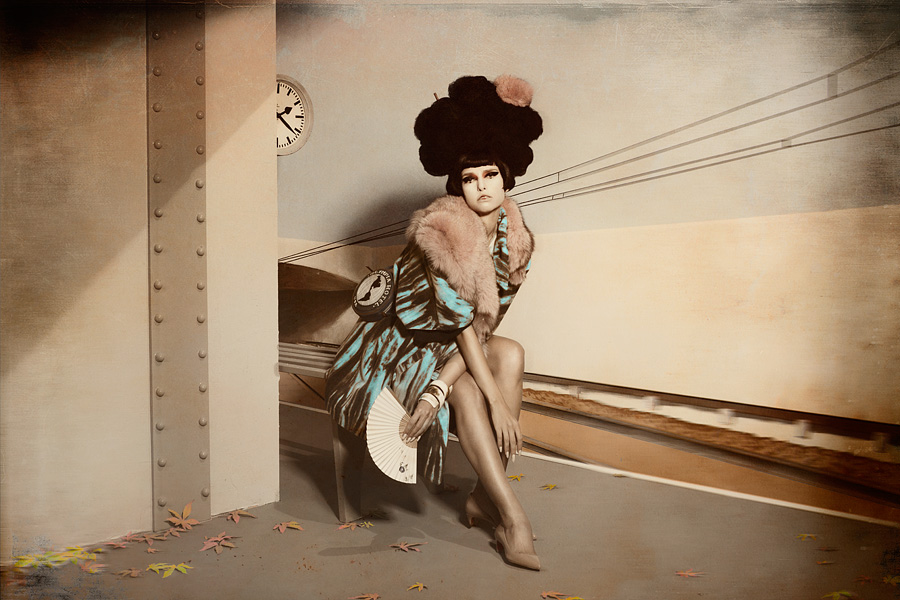
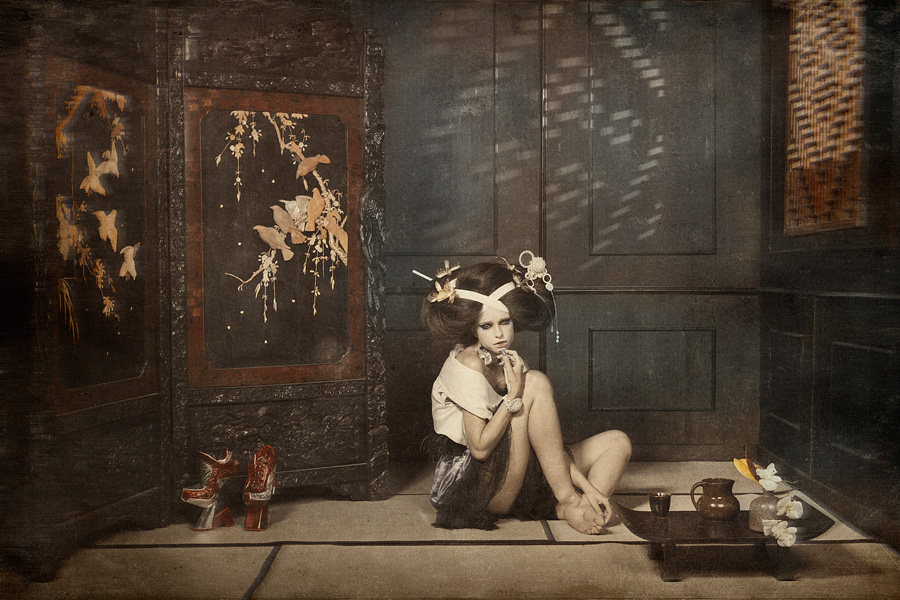
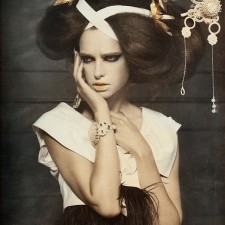

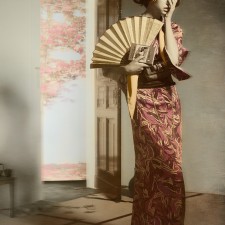

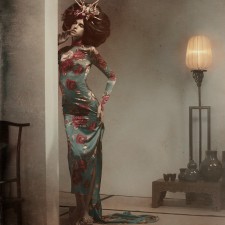
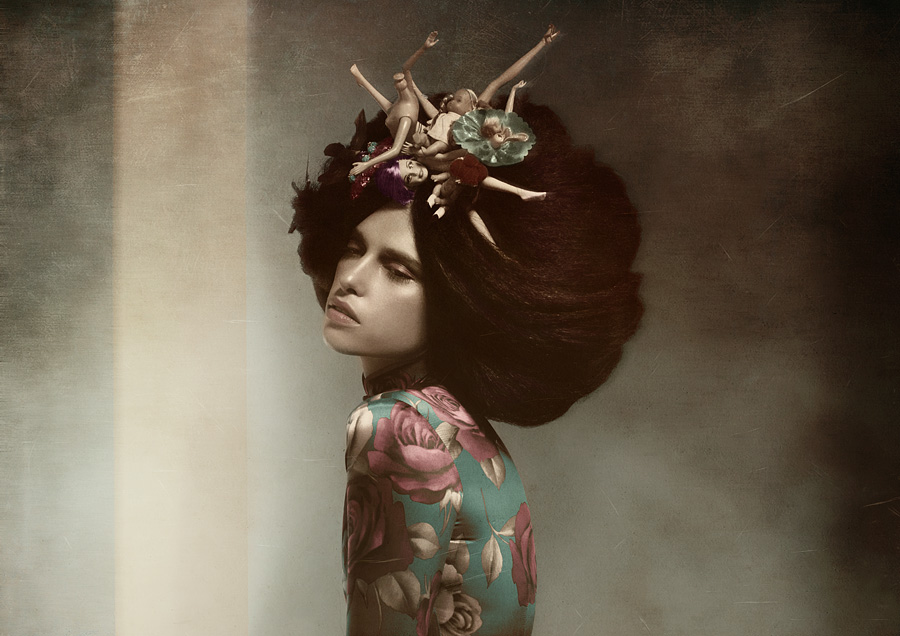
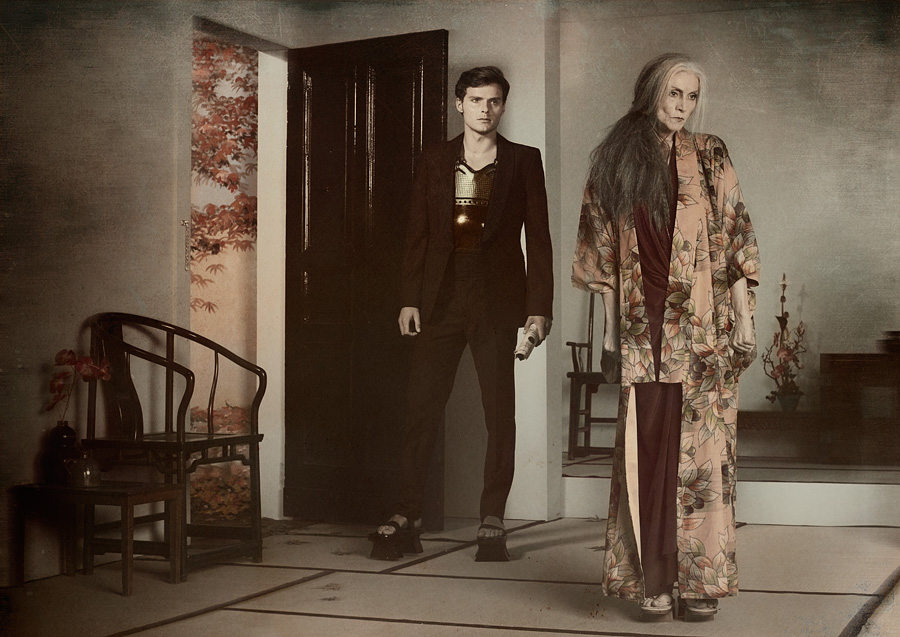
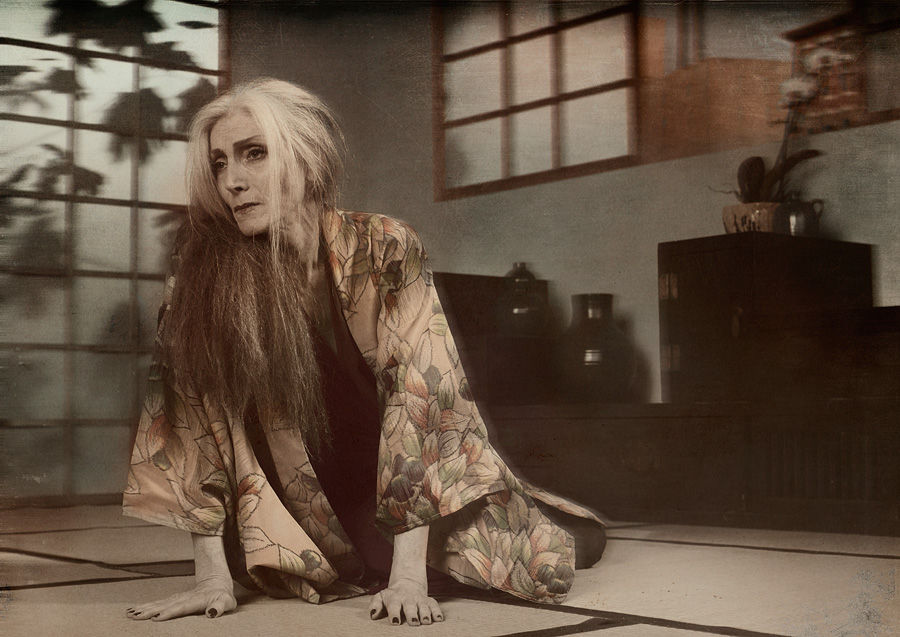
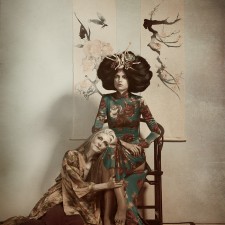
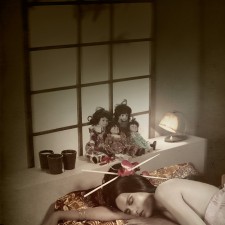




3 comments
simone zeffiro
Jul 19, 2013 at 12:11
Very nice series of photographs!
My compliments!
Simone
Janssens serge
Jul 24, 2013 at 11:10
J’apprécie beaucoup cette vision de la photographie ,de plus il à très bien gérer le style et la manière pour concevoir ce genre d’images ,les couleurs légèrement délavées,les décors sobre mais adéquat et surtout la direction artistique de ses modèles . Mes félicitations Yoram !!!! serge
Janssens serge
Nov 20, 2013 at 18:08
Très belle réalisation ,techniquement sans fautes ,artistiquement fort bien diriger et jouer . Mais la culture Japonaise à ses concepts que j’ai des difficultés à percevoir . Mais le travaille de Yoram est a félicité ! Serge Janssens
Comments are closed.